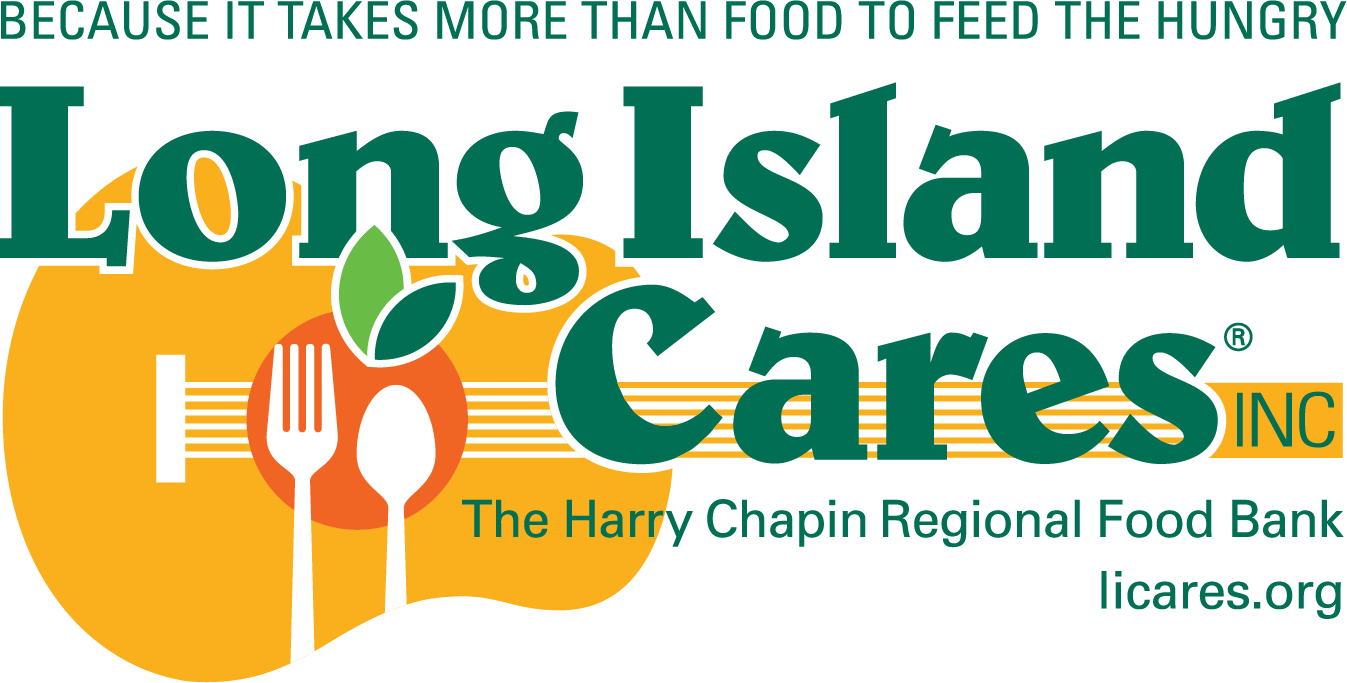Who Are the Food Insecure?
The USDA defines food insecurity as “a lack of consistent access to enough food for every person in a household to live an active, healthy life.” On Long Island, our food-insecure neighbors include families, children, seniors, veterans, unhoused individuals, and more. Long Island Cares exists to both help feed our community and eradicate the root causes of this blight on America.
To learn more about Food Insecurity and Food Access on Long Island, read our recent studies.
234k
Long Islanders are Food Insecure
Long Island Cares Facts & Stats
65k
Estimated to be children
26k
Seniors visited our pantries
Additional Facts
- 2.7% of all Long Islanders face food insecurity.
- Approximately 234,000 people on Long Island suffer from food insecurity– including 65,000 children. – Learn more about the programs that feed our neighbors
- Statewide, more than 2.2M New Yorkers are food insecure.
- Approximately 40% of food-insecure Long Island households are above the poverty level but don’t make enough to keep up with the high cost of living in Nassau and Suffolk Counties, making them ineligible for nutrition assistance programs such as the Supplemental Nutrition Assistance Program (SNAP). – Learn more about the meal gap and how Long Island Cares is working to close it
- Food-insecure children are more likely than their peers to experience behavioral issues, reduced ability to learn social skills, and impaired cognitive learning – even permanent brain damage. – Learn more about Long Island Cares’ children’s programs
- The health effects of hunger range from lack of stamina and increased illness – which increases missed work time – to feelings of hopelessness and despair.
- Seniors who are hungry experience depression and anxiety. They are also at increased risk for illness, disease, and even premature death. – Learn more about Long Island Cares’ Supporting our Seniors (SOS) program here.
- Many food-insecure individuals are also mentally, physically, emotionally, or socially disabled and face limited employment opportunities, additional barriers, and/or may have difficulty feeding themselves.
Resource: Feeding America
